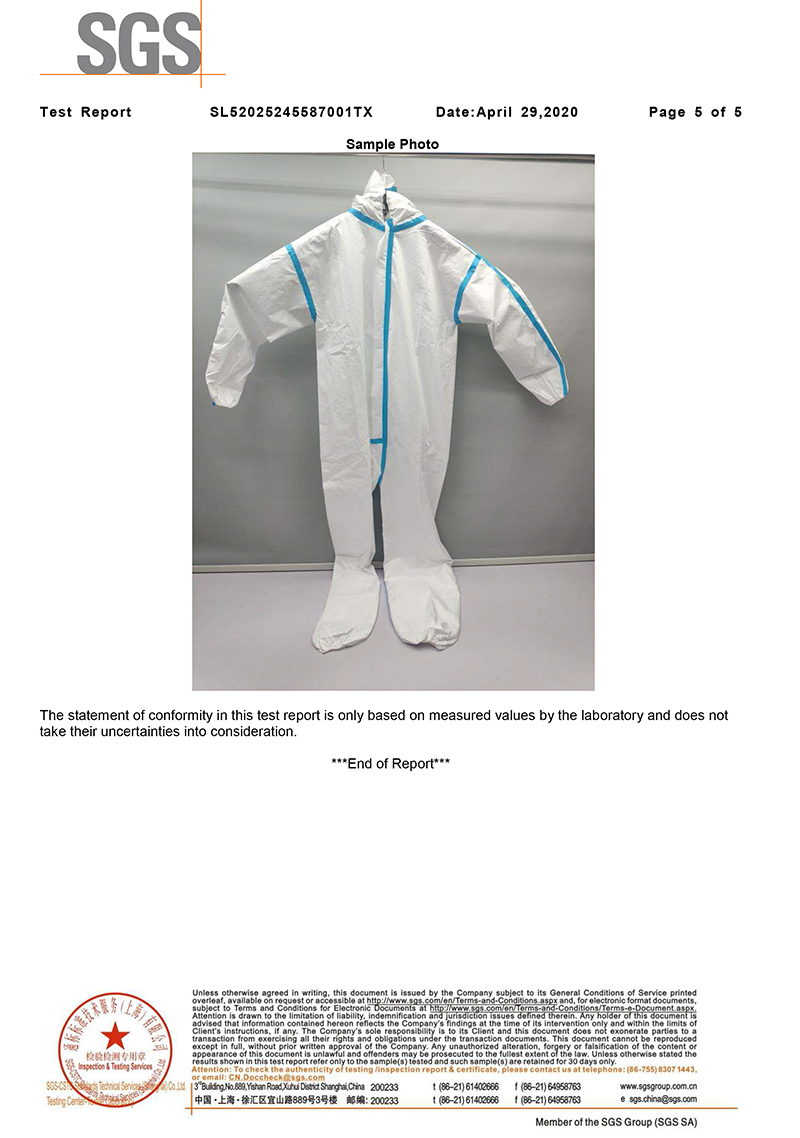Develop cleaning protocols and operating procedures The […]
Develop cleaning protocols and operating procedures
The cleaning technology and methods of clean clothes and accessories have a great influence on the performance of the dressing system. Standard operating procedures should be developed to control key activities. Each end user may put forward its own special control requirements, such as pretreatment to remove stains, organic matter (oil stains) and other obvious dirt (including human pollution); clean the shed particles and fibers before the first use. A certain low level; post-treatment of volatile residues.
Ensure the suitability of the work clothes system
Check whether the whole set of work clothes are suitable for the intended use requirements. Certain special applications may have special requirements for fabrics, structures and cleaning. These applications include (but are not limited to): when it is contaminated by chemicals, coatings, pigments, dyes, motor oil, grease, graphite, etc.; after disinfection; when there is harmful or biological contamination. For these applications, users, suppliers and cleaners should jointly formulate clear requirements.
Classification of work clothes contamination
The pollution classification process means that before cleaning the work clothes, according to the quality requirements of the user, the damage of the work clothes is found through visual inspection and touch. After the inspection, check the identification of each work clothes one by one to ensure that the stacking is correct. If the label is unclear, a new label should be made. If a computer tracking system is used, dirty work clothes should be scanned and entered into the system.

Repair of work clothes
Users and cleaners should agree on all repair matters in accordance with standard operating procedures (SOP), which stipulates repair methods and repair levels. All repairs should be performed outside the clean room, and the frayed fabric and pleated areas should be minimized during the repair, and finally cleaned. There should be restrictions on the number of repairs, the total area of repairs and the frequency of repairs for each item on the work clothes. The work clothes replacement plan shall be negotiated and determined, and the service life of work clothes and the scrapping standards shall be stipulated.
Cleaning procedures
Irritating chemicals and high temperature may damage the fabric. Therefore, the use of irritating chemicals and high temperature should be avoided during the washing and drying process. To avoid cross contamination, heavily contaminated work clothes should be washed separately from lightly contaminated work clothes.